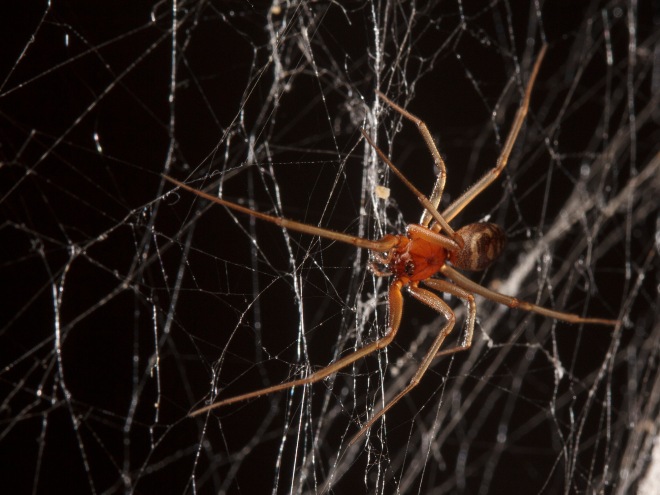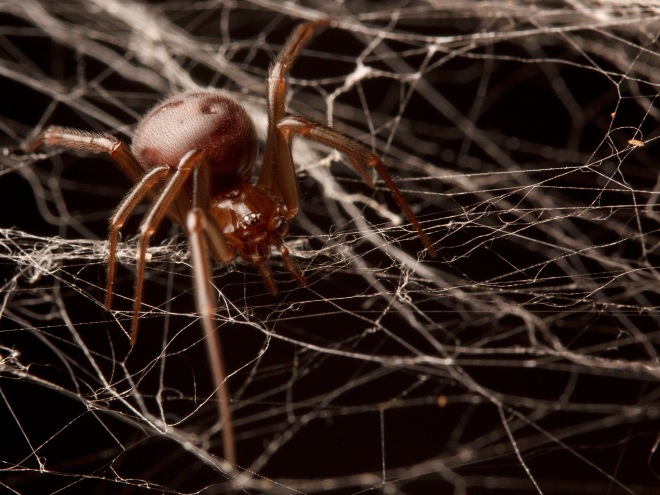Bonjour aux membres étudiants de la SEC! Le conseil d’administration de la SEC a annoncé la disponibilité de 15 bourses de voyage Ed Becker d’une valeur de 500$ chacune pour permettre aux étudiants de se rendre à la réunion annuelle conjointe 2022 et de présenter une conférence ou une affiche dans la magnifique ville de Vancouver, en Colombie-Britannique, dans le centre de congrès surplombant le port. Les observations de phoques et de goélands sont presque garanties depuis les fenêtres de la salle de conférence. Un grand merci à la Fondation Dufault pour son généreux don qui nous permet de soutenir davantage les déplacements des étudiants à nos réunions.
Alors que les soumissions de résumés pour la réunion annuelle conjointe de 2022 en Colombie-Britannique sont en cours, l’appel à candidatures pour les bourses Ed Becker pour la réunion annuelle est également ouvert et la date limite de soumission est fixée au 3 juin 2022. Toutes les informations nécessaires pour structurer votre candidature se trouvent sur la page web de la SEC, sous la rubrique « Bourses d’études », et plus précisément à l’adresse suivante : https://esc-sec.ca/fr/students/student-awards/#toggle-id-9
Les candidatures doivent être envoyées par courriel à la coordination de l’association de la SEC à l’adresse info@esc-sec.ca en indiquant dans l’objet votre nom de famille et le nom du prix avant la date limite du 3 juin 2022.
Entomologiquement vôtre,
Tyler Wist: président du comité des prix étudiants de la SEC









